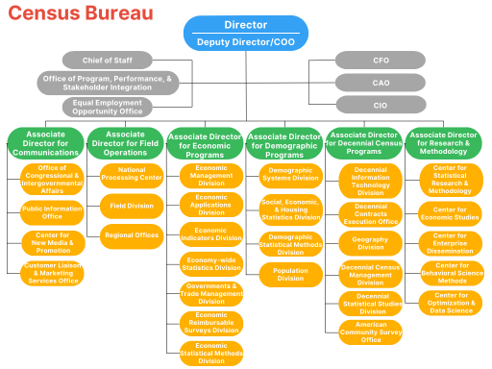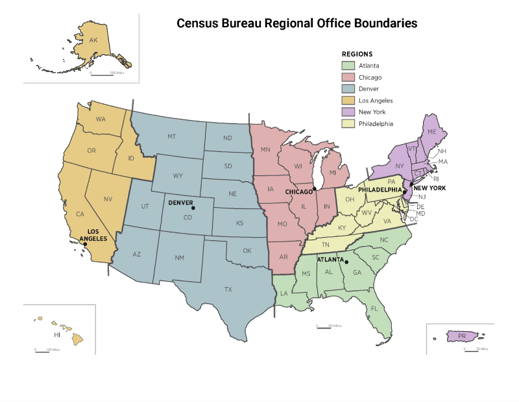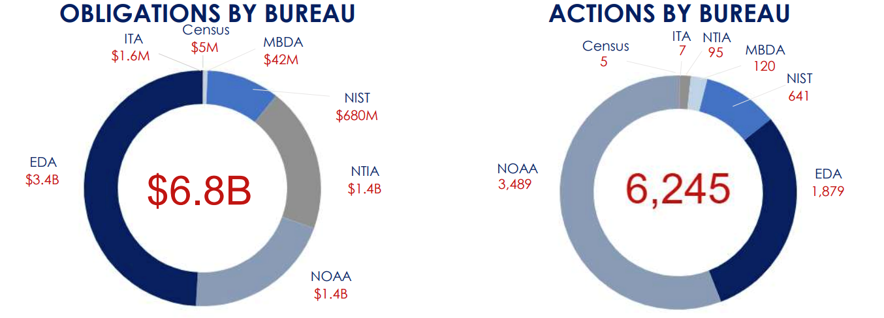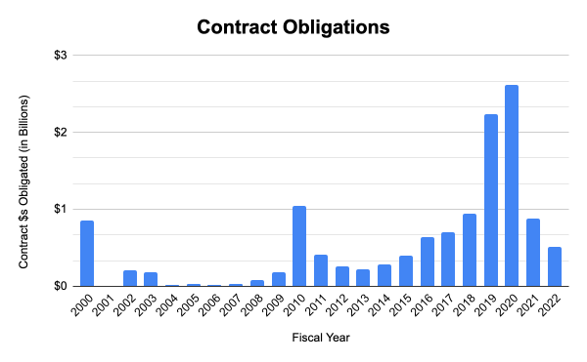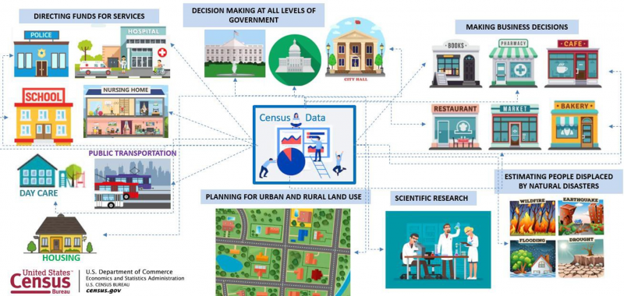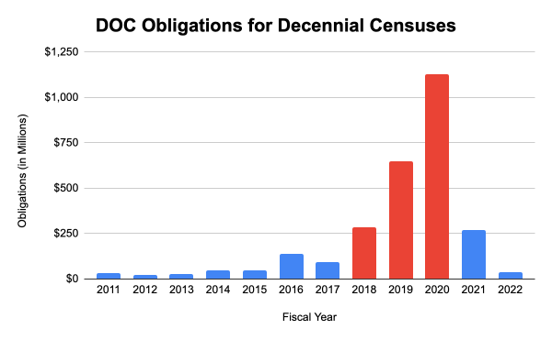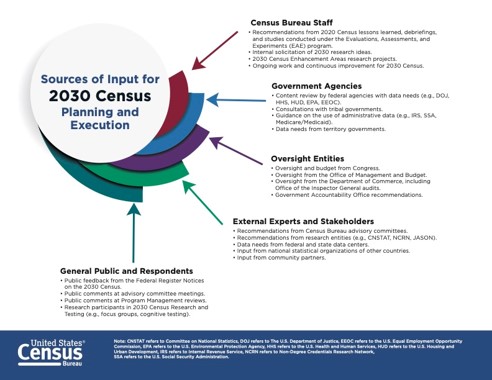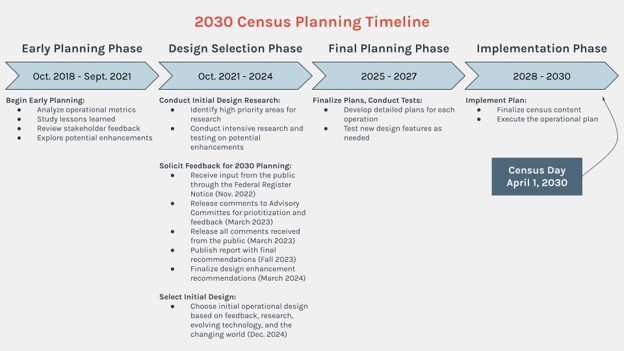The Bureau of the Census (Census Bureau) is the most significant statistical agency in the U.S. federal government and is responsible for producing data about the American people and economy. A division under the Department of Commerce (DOC), the Census Bureau is vital in critical decision-making that impacts communities nationwide by providing the statistical evidence required to distribute trillions of federal funds to hospitals, fire departments, schools, roads, and other resources.
This data is primarily collected through over 130 surveys and programs a year, including the American Community Survey (ACS), Survey of Income and Program Participation (SIPP), American Housing Survey (AHS), and Decennial Census, all owned by the Census Bureau.
Due to its direct effect on the American people, the Census Bureau must operate at the highest caliber across every element of its mission. However, the Government Accountability Office (GAO) listed the 2020 Decennial Census on its High-Risk List for missing key IT deadlines, meaning there was potential for the entire project to be a failure.
As the Census Bureau prepares to conduct its 25th Census in 2030, Congress has appropriated an increased budget for contractor assistance across operations to mitigate any unique risks opening the door for additional contract opportunities over the next few fiscal years.

